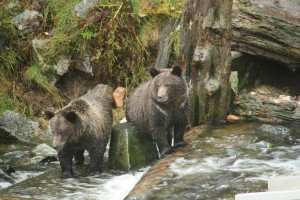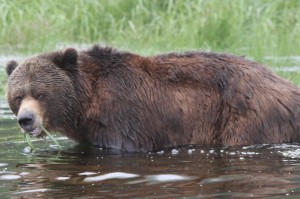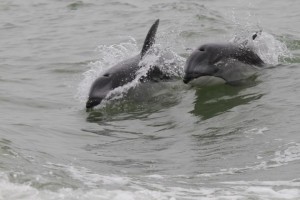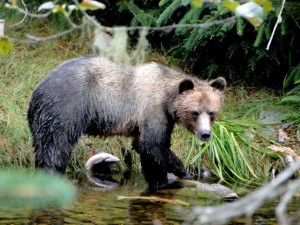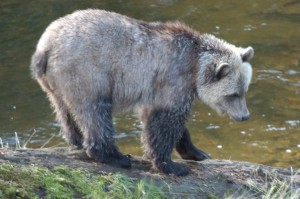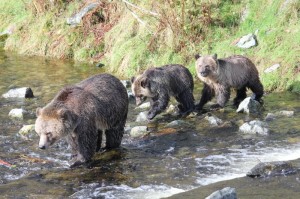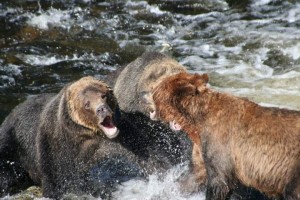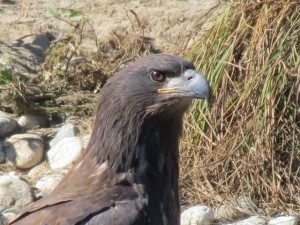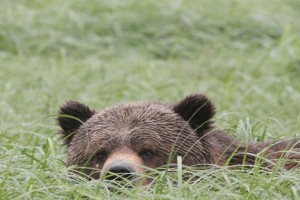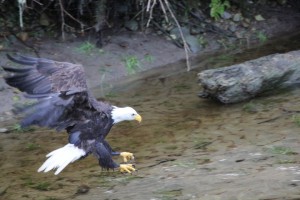
Great photo of a bald eagle coming into land on a salmon carcass on the Glendale River. The eagles leave other parts of the BC coast to congregate at river mouths in the fall when the spawning salmon return. The eagles arrive shortly after the grizzly bears and for the same reason, free and easy food. Grizzly Bear Lodge’s spring and fall tours spend time on one Knight Inlets rivers which has the sedge grass for grizzly grazing in the spring and the salmon in the manmade spawning channel in the fall.
